Table of Contents
What Are Pickle Spices?
Pickle spices are a carefully crafted blend of aromatic herbs and seasonings specifically formulated for the pickling process to enhance flavor, preserve vegetables, and add complexity to the final product. These spice combinations are essential for creating the distinctive tangy, zesty profile found in both homemade and store-bought pickles.
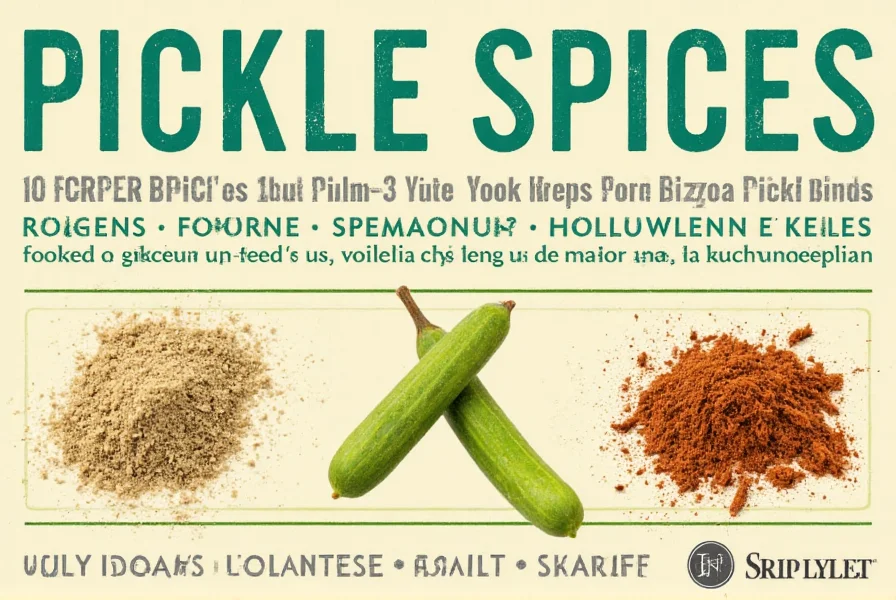
While vinegar and salt form the base of pickling brine, pickle spices provide the nuanced flavors that distinguish different pickle varieties. Unlike general-purpose spice blends like curry or garam masala, pickle spices are exclusively designed for preservation and flavoring of vegetables.
Understanding Pickle Spices Composition
Pickle spices typically contain a balanced mix of seeds, roots, and aromatic ingredients. The exact composition varies by regional tradition and recipe, but all components serve specific functional and flavor roles in the pickling process.
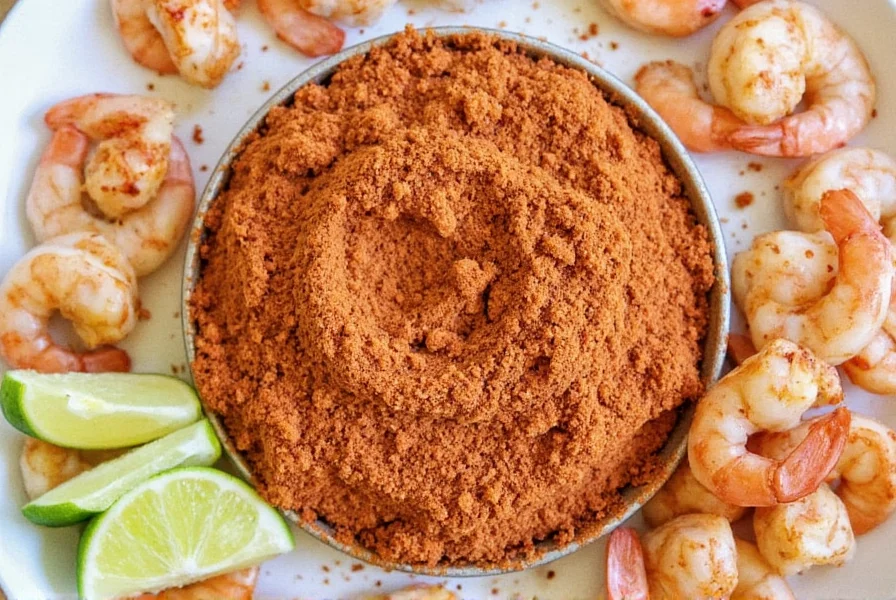
These blends are distinct from other spice categories because they prioritize preservation capabilities alongside flavor enhancement. The spices work synergistically to create the perfect balance of sweet, sour, salty, and spicy notes while maintaining food safety standards during preservation.
Common Pickle Spices and Their Functions
Here's a detailed breakdown of essential spices used in pickle blends and their specific roles:
| Spice | Flavor Profile | Primary Function | Common Applications |
|---|---|---|---|
| Mustard Seeds | Pungent, nutty | Flavor enhancement and natural preservative | Sweet and sour pickles, bread-and-butter pickles |
| Dill Seeds | Grassy, slightly bitter | Classic flavor for cucumbers and fresh vegetables | Classic dill pickles, green bean pickles |
| Garlic | Savory, sharp | Depth and savory complexity | Garlic dill pickles, fermented vegetables |
| Cumin | Earthy, warm | Warmth and complexity for regional variations | Indian-style pickles, Southwestern pickles |
| Fennel Seeds | Licorice, sweet | Balance and sweetness for root vegetables | Carrot pickles, sauerkraut, coleslaw pickles |
| Peppercorns | Mildly hot, aromatic | Preservation and subtle heat | General pickling, cornichons, pickled onions |
| Bay Leaves | Herbal, subtle | Fragrance infusion and mild bitterness | Whole vegetable pickles, fermented mixes |
| Cloves | Strong, sweet | Intense aroma and sweetness | Spiced pickles, pickled beets, relishes |
Creative Applications for Pickle Spices
Pickle spices extend far beyond traditional pickling. Here's how to maximize their versatility:
- Homemade Pickle Brine: Combine with vinegar, water, and salt for perfect preservation. Adjust spice ratios to match vegetable types.
- Salad Dressing Enhancer: Add 1/4 teaspoon per cup of dressing for tangy complexity in vinaigrettes.
- Roasted Vegetable Seasoning: Toss carrots, beets, or cauliflower with oil and 1 teaspoon spice blend before roasting.
- Soup and Stew Base: Add whole spices to broth during simmering for depth of flavor.
- Meat Marinade: Create a dry rub with spice blend, salt, and oil for chicken, pork, or fish.
- Popcorn Topping: Lightly spray with oil and sprinkle with spice blend for savory snack.
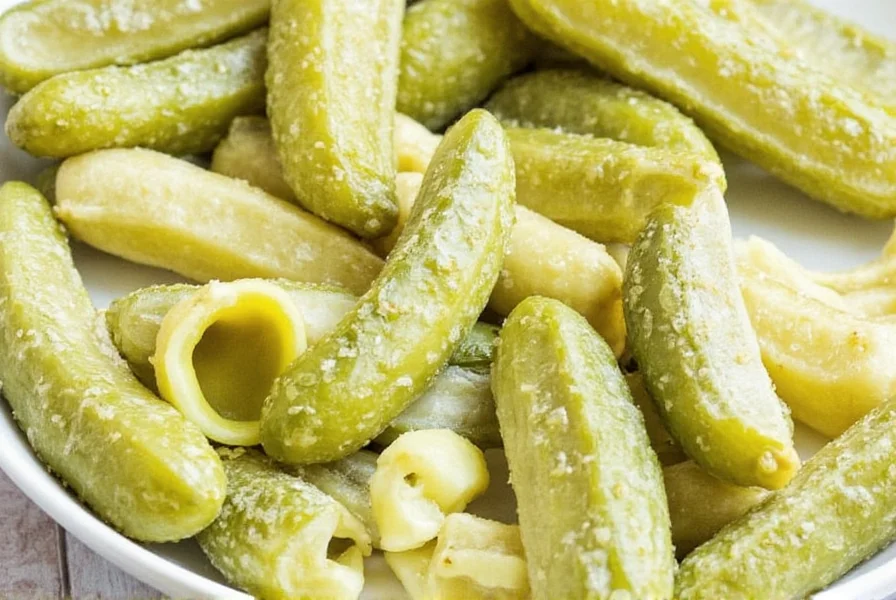
When using store-bought blends, check for additives like anti-caking agents. For maximum freshness, consider making your own custom blend using whole spices stored in airtight containers.
Pickle Spices Buying Guide
1. Store-Bought Pickle Spice Blends
Pre-made blends offer convenience and consistency for beginners:
- McCormick Pickle Spice: Classic American blend with mustard seeds, dill, and garlic. Ideal for cucumber pickles.
- Penzeys Pickle Spice: Premium blend with whole spices and no additives. Best for gourmet applications.
- Spice Islands Pickle Spice: Balanced blend with moderate heat, suitable for most vegetable pickling.
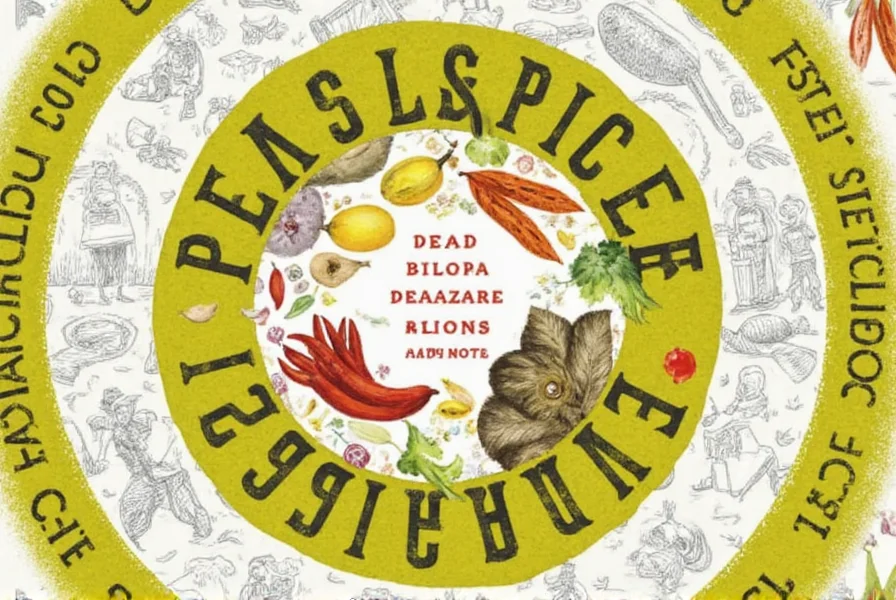
Store-bought blends typically contain 6-10 spices and are pre-measured for standard 1-quart batches. Check expiration dates as spices lose potency after 12-18 months.
2. Custom-Made Pickle Spice Blends
For precise control over flavor profiles:
- Mustard Seeds: Whole yellow or brown seeds for texture and flavor release.
- Dill Seeds: Prefer whole seeds over dried dill for authentic flavor.
- Garlic: Whole cloves for infusion or garlic powder for even distribution.
- Cumin: Use ground cumin for quick flavor or whole seeds for slower release.
- Peppercorns: Black for classic heat, white for subtle flavor, green for fresh notes.
Store whole spices in a cool, dark place. Grind just before use for maximum potency. A basic blend ratio: 2 tbsp mustard seeds, 1 tbsp dill seeds, 1 tbsp peppercorns, 1 tbsp coriander seeds, 4 garlic cloves, 2 bay leaves.
3. Specialty Sources
For unique or high-quality options:
- Local spice shops: Often carry single spices and custom blending services.
- Online retailers like Spice Jungle or The Spice House: Offer organic and rare varieties not found in supermarkets.
- International markets: For regional variations like Indian-style or German-style pickling spices.
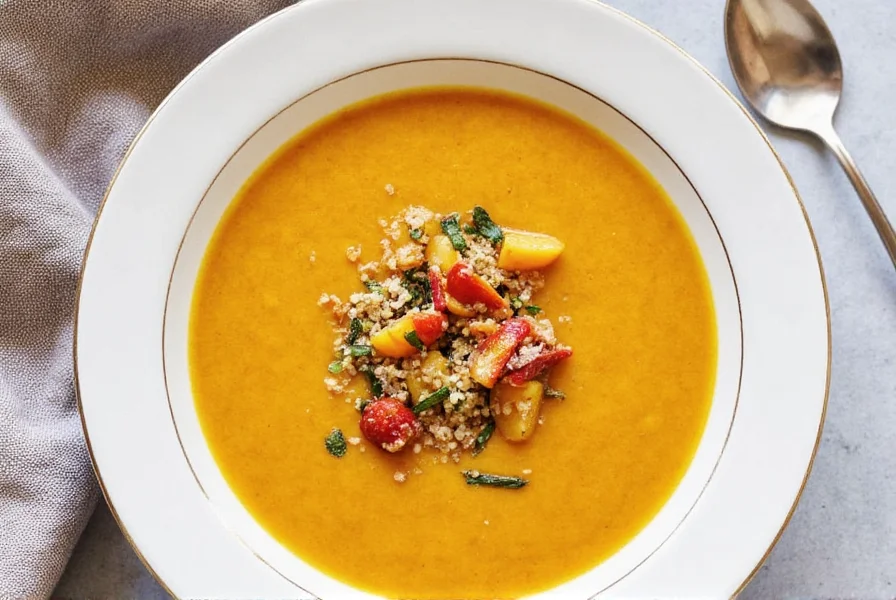
When purchasing, look for vibrant color and strong aroma. Avoid blends with visible clumping or dull appearance, which indicates age or moisture exposure.
Frequently Asked Questions
What exactly are pickle spices?
Pickle spices are specifically formulated blends of herbs and seasonings used during the pickling process to enhance flavor, aid in preservation, and add complexity to pickled vegetables. These blends typically include ingredients like mustard seeds, dill, garlic, peppercorns, and other aromatic spices that work together to create the distinctive tangy, zesty flavor profile associated with pickles. Unlike general-purpose spice blends, pickle spices are designed exclusively for vegetable preservation and flavoring.
What are the most common ingredients in pickle spice blends?
The most common ingredients in pickle spice blends include mustard seeds, dill seeds, garlic (fresh or powdered), black peppercorns, bay leaves, cloves, and coriander seeds. Additional ingredients may include fennel seeds, cumin, allspice, cinnamon sticks, and red pepper flakes. The exact combination varies by regional tradition, with American-style blends typically featuring mustard and dill, while Indian-style blends often include more cumin and turmeric.
Can I make my own pickle spice blend at home?
Yes, making your own pickle spice blend is simple and allows for customization. A basic recipe might include 2 tablespoons mustard seeds, 1 tablespoon dill seeds, 1 tablespoon black peppercorns, 1 tablespoon coriander seeds, 4-6 garlic cloves, 2 bay leaves, and 1 teaspoon red pepper flakes. You can adjust the ratios to suit your taste preferences, adding more heat with extra pepper flakes or more sweetness with ingredients like cinnamon or allspice. Store whole spices in an airtight container away from light for maximum freshness.
How long do pickle spices last?
Whole spices in pickle blends typically retain their potency for 1-2 years when stored properly in airtight containers away from heat and light. Ground spices lose their flavor more quickly, usually within 6 months. For best results in pickling, use fresh spices as older spices may not provide the same level of flavor or preservation benefits. If your spices no longer have a strong aroma when crushed, it's time to replace them. For optimal preservation, store spices in glass jars with tight-fitting lids in a cool, dark pantry.
Are pickle spices the same as pickling spices?
Yes, "pickle spices" and "pickling spices" are completely interchangeable terms referring to the same spice blends used in the pickling process. The slight variation in terminology doesn't indicate any difference in ingredients or purpose—they both describe the specific mixtures of herbs and spices designed to flavor and preserve vegetables through pickling. Some regions or brands may prefer one term over the other, but the composition remains identical.
Can I use pickle spices for anything besides pickling?
Absolutely! Pickle spices have versatile applications beyond traditional pickling. You can use them to flavor salad dressings, enhance roasted vegetables, add depth to soups and stews, create unique marinades for meats, or even sprinkle on popcorn for a tangy snack. The combination of warm, aromatic spices works well in many culinary applications where you want a complex flavor profile with a hint of tanginess. Try adding a teaspoon to chili or tomato sauce for unexpected depth, or mix with olive oil for a vegetable dip base.
Are there any health benefits to using pickle spices?
Many ingredients in pickle spice blends offer potential health benefits. Mustard seeds contain compounds with anti-inflammatory properties, garlic has well-documented cardiovascular benefits, and turmeric (if included) contains curcumin, a powerful antioxidant. The vinegar used in pickling also has potential metabolic benefits. However, the health impact depends on the specific ingredients in your blend and the amount consumed. For example, dill seeds may aid digestion, while cloves have antimicrobial properties that support food safety during preservation.
Conclusion
Pickle spices are the secret ingredient that transforms simple vegetables into flavorful, preserved delicacies. These specialized blends of herbs and seasonings work together to create the distinctive tangy, aromatic profile that makes pickles so beloved.
Whether you're making your own pickles from scratch or enhancing store-bought varieties, understanding these spices allows you to customize flavors to your preference. From classic dill pickles to spicy Indian-style chutneys, the right spice blend makes all the difference.

Experiment with different combinations to discover your perfect blend. With the right spices, you can create pickles that are not only delicious but also uniquely tailored to your taste preferences.

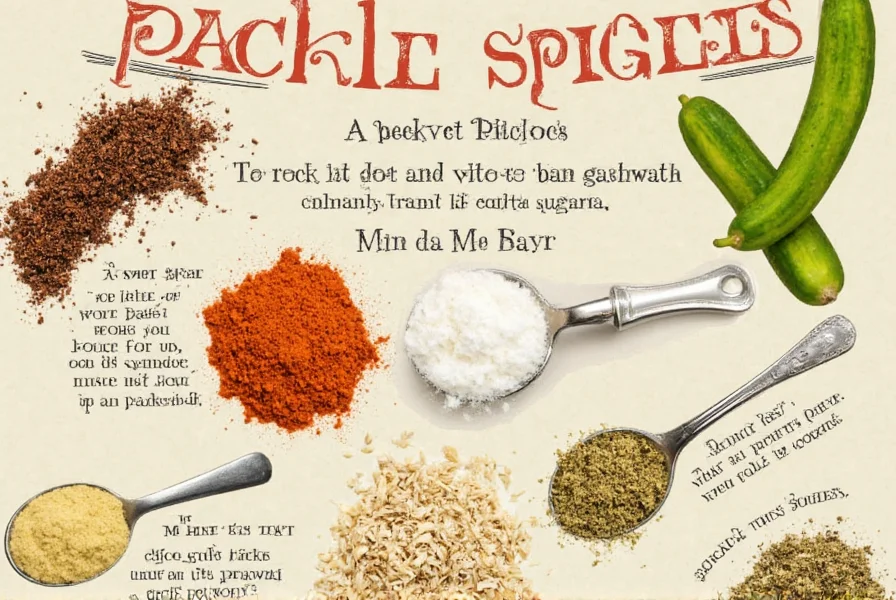









 浙公网安备
33010002000092号
浙公网安备
33010002000092号 浙B2-20120091-4
浙B2-20120091-4